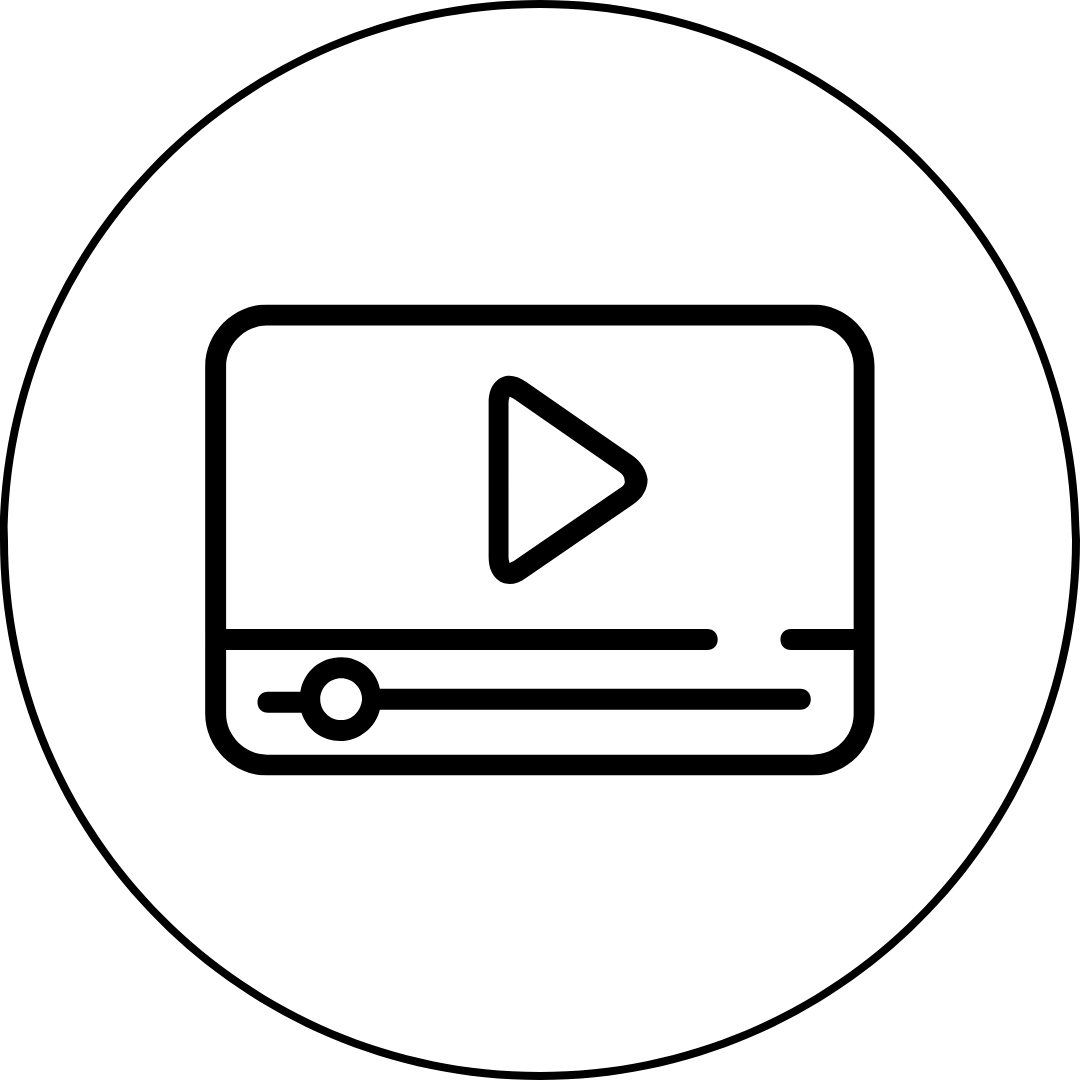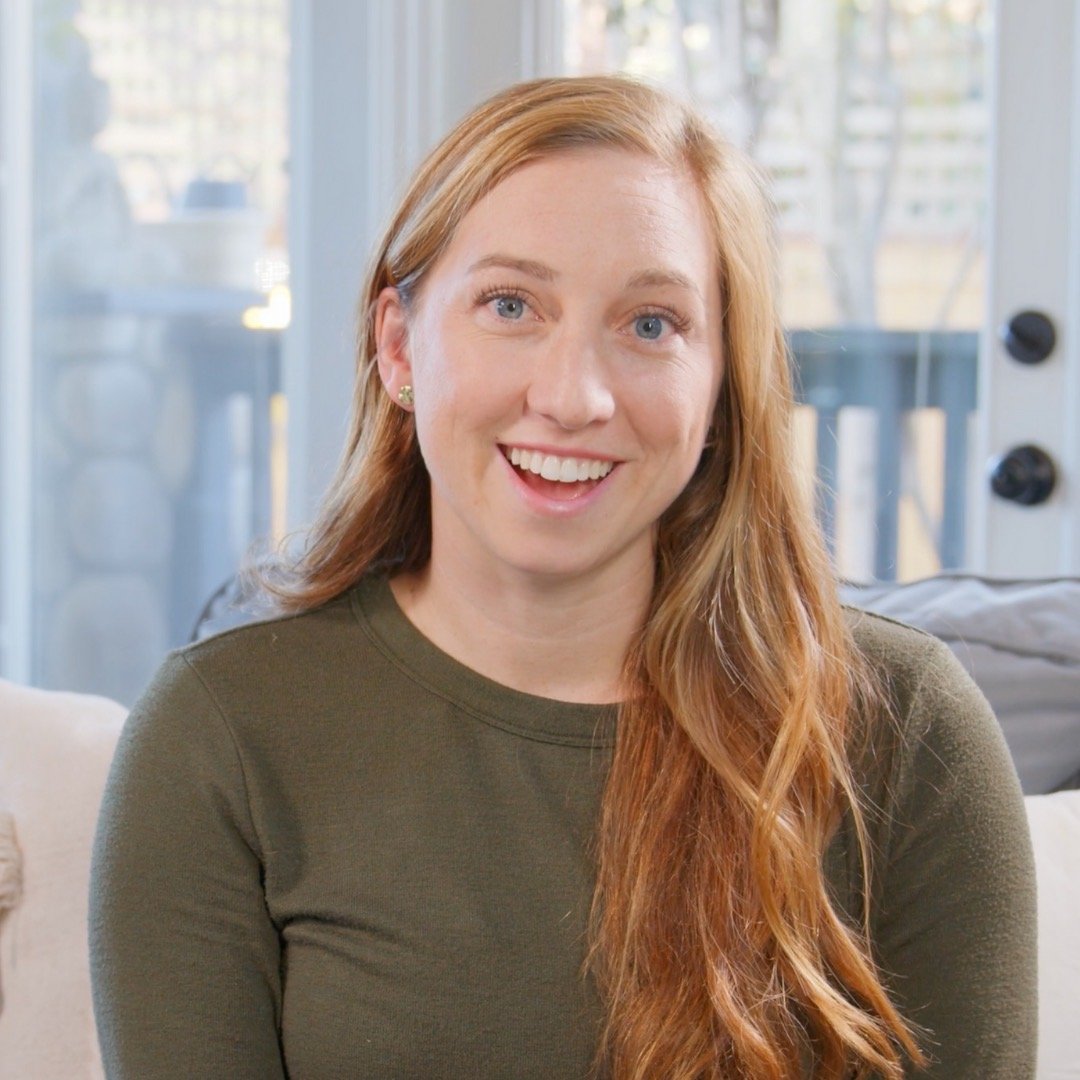Articulation
Toddler Speech Sound Development
A FREE Short Course For Parents Of Toddlers
Speech Sound Development - Articulation
16 Minutes
7 Video Lessons
(1-3 Minutes Each)
Beginner
3 Free Downloads
Hello and Welcome to the Articulation Short Course!
My name is Stephanie Keffer. I am an ASHA certified speech therapist in California and North Carolina specializing in early childhood. I’ll be your instructor for this mini-series.
Please don’t hesitate to take advantage of the “Ask a question” links provided in each section of the series; I’ll be happy to answer any questions you have.
Let’s get started!
Stephanie Keffer, MS CCC-SLP
What is articulation?
Articulation is defined as the movement of all the parts of your mouth and airway together to make specific speech sounds.
While there are only 26 written letters, there are actually about 44 different sounds in English, which means your toddler has a lot to learn! We’ll explore how some different sounds are made and how toddlers learn to articulate clearly.
When do toddlers learn to pronounce different sounds?
There is so much variability in toddler speech development and it can be hard to know if your little one is on track. Here we’ll talk about when toddlers usually learn to say different sounds so you can move forward with confidence, either in finding a speech therapist or practicing at home.
Plus, you’ll learn about expected developmental errors in speech you don’t need to worry about.
What is an articulation disorder?
An articulation disorder is typically characterized by difficulty pronouncing one or a few consonant sounds, usually because children are putting their tongue in the wrong place. A lisp and difficulty pronouncing the R sound are two common articulation disorders.
While most articulation disorders happen without a clear cause there are 3 causes speech therapists can sometimes point to - pacifier use, tongue thrust, and dental issues.
Our at home articulation test
Taking a closer look at your child’s articulation skills using our Pronunciation Profile can help you see clearly which sounds your child is learning on track.
Download the Pronunciation Profile below to see which sounds your little one has mastered, the best sounds to teach them next, and some ideas for at home practice.
Teaching consonant sounds at home
We’ve divided the consonant sounds into green, yellow, and red light sounds. The green light sounds are ones we recommend teaching at home first, as long as your little one is old enough of course. Yellow light sounds you can teach next, and red light sounds should be left for speech therapy.
Click learn more or watch the video to learn which speech sounds fall into each category.
Teaching vowel sounds at home
When we think about teaching speech sounds at home, most people will focus on consonant sounds. But vowel sounds are equally if not more important for helping your toddler speak clearly.
We’ve divided the vowel sounds into 3 categories, just like the consonant sounds, so you know which vowel sounds to teach your little one and in which order.
Now let’s review!
This last video reviews everything we’ve learned about toddler articulation.

Parents Also Asked These Questions About
Articulation
-
If you have concerns about your child’s articulation skills the best thing to do is to schedule a speech and language evaluation. A speech therapist can closely analyze your child’s speech to make specific recommendations for improving articulation skills.
Once you’ve scheduled a speech and language evaluation, you may want to practice at home. Use these handouts to practice with consonant sounds and vowel sounds.
-
By 24 months (2 years old) most parents can understand their toddler 50-75% of the time.
By 36 months (3 years old) most parents are understanding their toddler 75-100% of the time.
To learn more read this article about speech intelligibility.
-
3 common signs of an articulation disorder are:
Errors with one or a few consonant sounds.
Children making the same errors for a particular sound every time they try to say it.
Often results from errors in where children are placing their tongue.
Learn more about specific sounds using our Pronunciation Profile.
-
Most of the time there’s no clear cause for an articulation disorder, it’s something that simply happens as children are learning to talk.
But there are a few specific causes speech therapists can point to, including:
pacifier use
tongue thrust
dental issues
-
The best way to support your child with apraxia is to work directly with a speech therapist. Your child’s therapist will be able to assign at home practice to fit your child’s individual needs.
-
Most children have mastered the R sound by age 5.5 years old.
-
A 3 year old’s parents should be able to understand nearly everything they say, while it may still be a little harder for unfamiliar people to understand a 3 year old’s speech.
-
There are numerous reasons why a child may benefit from speech therapy. Two of the most common reasons are when a child has less words than expected for their age and when older toddlers and preschool aged children are hard to understand.
-
Yes, children in speech therapy for articulation disorders will correct the pronunciation of targeted sounds. Once they have learned to clearly pronounce the sounds, the diagnosis of articulation disorder will be removed.
Free Downloads
Pronunciation Profile - PDF Download
Teaching Consonant Sounds At Home - PDF Download
Teaching Vowel Sounds At Home - PDF Download
Did you enjoy the Articulation Short Course?
You may also like one of our other parent friendly “courses”
Learn to identify the early signs of childhood apraxia of speech and how speech therapists can help
Learn the key differences between speech & language + what influences toddler pronunciation skills

















